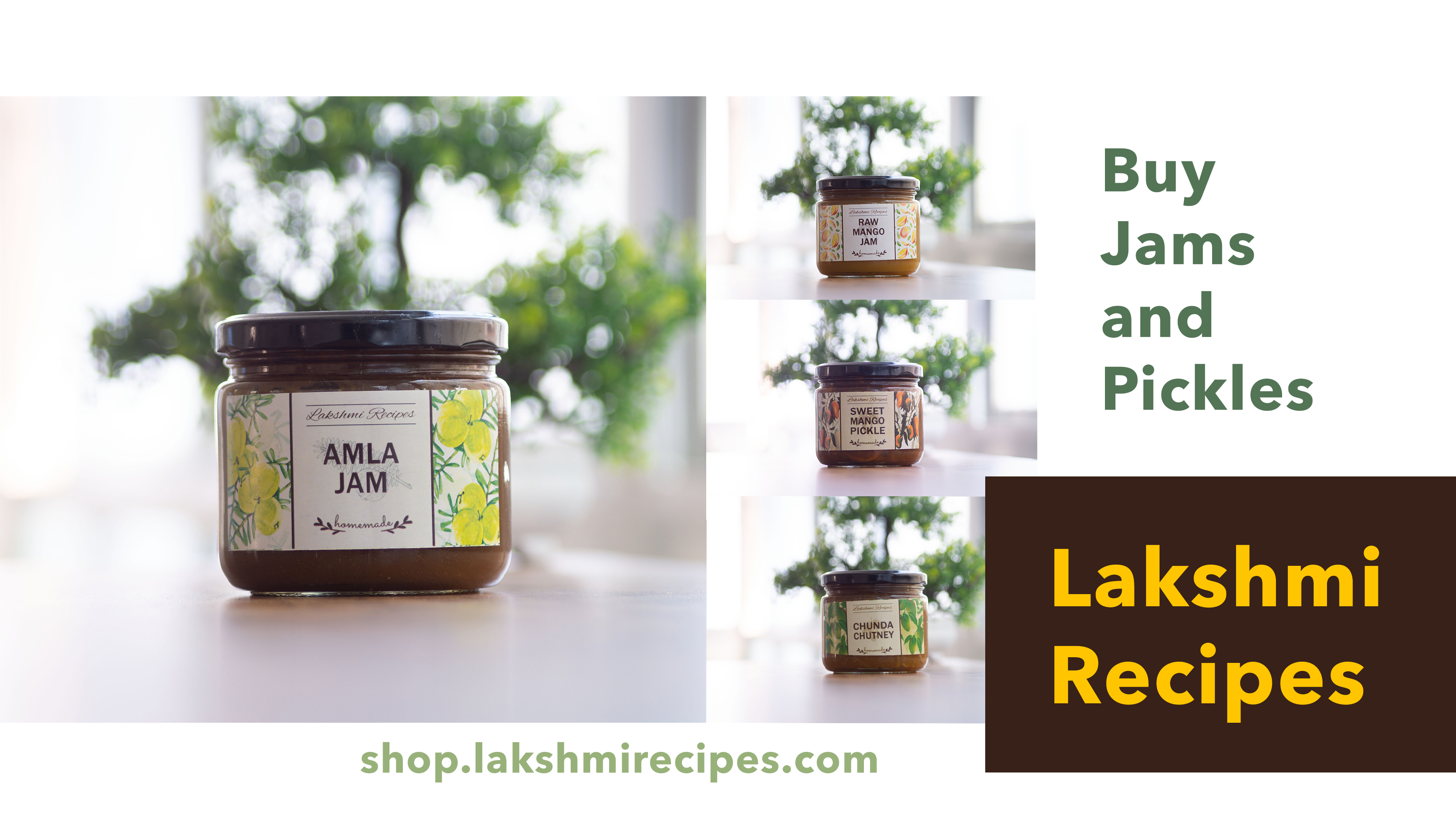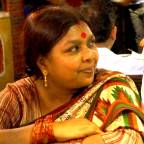Durgotsava being the most revered festival in India is undoubtedly the way of life across the country. Year long, the devotees wait for Maa Durga and when she finally arrives, the happiness is at par, one that knows no boundary.
Each day of Navratri brings in new happiness and zest among the people. But this zeal and enthusiasm gets more pace with Maha Saptami or the seventh day of Sharad Navratri.
Consequently, Maha Saptami begins with the worship of the most ferocious avatar of Mata Durga- Maa Kalratri along with Maa Parvati. The day marks the beginning of the major rituals that finally leads to the tenth day of Vijaya Dashmi or Dussehra.
The Mythology!
Maa Kalratri’s name is made up of two words- Kal and Ratri, where Kal means death as well as time, in Hindi, and Ratri means night. She is therefore, said to be the destroyer of darkness. The deity is commonly known as Maa Kali.
So, as per the legend, there were once two hideous demons, called Shumbha and Nishumbha. They had captured the devlok and Lord Indra was badly defeated by them. Fearing that the havoc would keep on increasing as well as to get their abode back, they approached Maa Parvati
To seek her help. Maa Parvati then sent Maa Chandi to help them.
When goddess Chandi went to the war ground, Shumbha and Nishumbha sent Chanda and Munda to fight. So, the deity created Maa Kalratri to kill them. When both of them were killed, she got the name Chamunda.
After this, yet another demon arrived whose name was Raktbeej. He had a boon that whenever his blood would fall on earth, a new demon identical to him would emerge out of that droplet. Everytime that Maa killed him and his blood spilled, one more look-alike demon would come to life. So, the goddess decided to drink all his blood and thus, put an end to the vicious demon.
There are other legends too, that are related to Maa Kalratri. According to some Maa Parvati became Durga. It so happened that in the absence of Maa Parvati, the demon Durgasur attacked Kailash which was her and Shiva’s abode. So , she sent her another form, goddess Kaalratri to deal with him and Durgasur had to leave.
Yet another time, when he tried to attack Kailash, Maa Parvati fought Durgasur and killed him. Thus, she got the name Mata Durga.
Significance of Maa Kalratri!
Maa Kalratri has a terrorizing appearance to ward off evil. She has a dark complexion,has untied hair and four hands. Both of her right hands always remain in Abhaya and Varada mudra while the rest two hands on her left hold a sword and a hook weapon. The deity has three eyes and wears a necklace which is as shiny as the moon. She rides on a donkey.
She is known to remove darkness and bring an end to ignorance. Maa Kalratri is believed to be the form of Adi Shakti who punishes all evil-doers but loves those who seek her and follows her path.
Maa Kalaratri is also known as Shubhankari, because of the way she holds compassion in her for her devotees and the huge powers that she possesses . Maa Kalratri rules over the planet Shani or Saturn and it is believed that earnestly praying to her can remove all sorts of afflictions caused by the wrong position of Saturn.
The Rituals!
The seventh of Navratri is considered extremely auspicious to worship the nine planets. The navgraha is worshipped by representing them with banana, pomegranate, arum plant, colocasia, turmeric, jayanti, ashoke, bel, and paddy which once tied are taken to river Ganga early in the morning.
The puja begins thereafter. It is performed with flowers and kumkum, followed by chanting the mantra for goddess Kalratri. The best flowers that should be used for the puja are night blooming jasmines.
The prayer is done with immense dedication and passion. After performing the Ganesha Puja, Shodashopachara puja is offered to Maa Kalratri. The puja then ends with arati. Some devotees also keep fast on this day.
The Bhog!
Bhog constitutes an important part of Navratri festival, wherein all the devotees pray and worship the goddess with full devotion. Different days make up the different set of food items that are offered as prasad or bhog to all the people who come for the puja.
Saptami, when Maa Kalratri is worshipped, a bhog of jaggery or jaggery dishes are offered to appease her. This is done because of the popular belief that doing so removes poverty and brings happiness in one’s life.
The bhog that is offered to the goddess is also given to Brahmans along with some Dakshina. This eradicates all kinds of pain that may be there in the lives of devotees or is likely to come in coming times.
The Introspection!
As each day of Navratri passes by, one gets a chance to introspect the lives they’ve been leading. With the seventh day, Maa Kalratri teaches us that evil is punished in the end, no matter how fearsome and tyrannical it becomes.
Maa Kalratri also casts away darkness from the universe and thus, is symbolic of removing evils from our lives. She has an unending source of wisdom and thus, seeking her can lead to one becoming enlightened of the path that they should be following.
Thus, Navratri gives us all a wonderful period to be closer to the almighty and seek her blessings in the most wondrous way!

































SHARE YOUR FEEDBACK